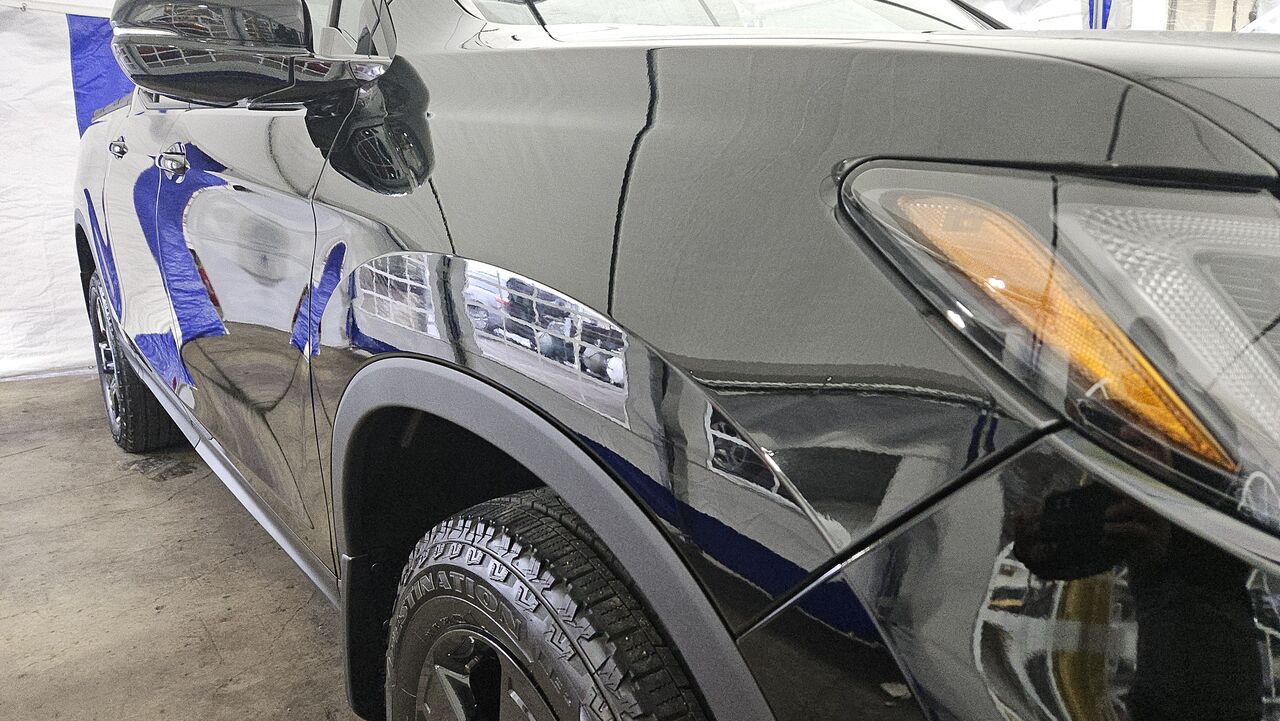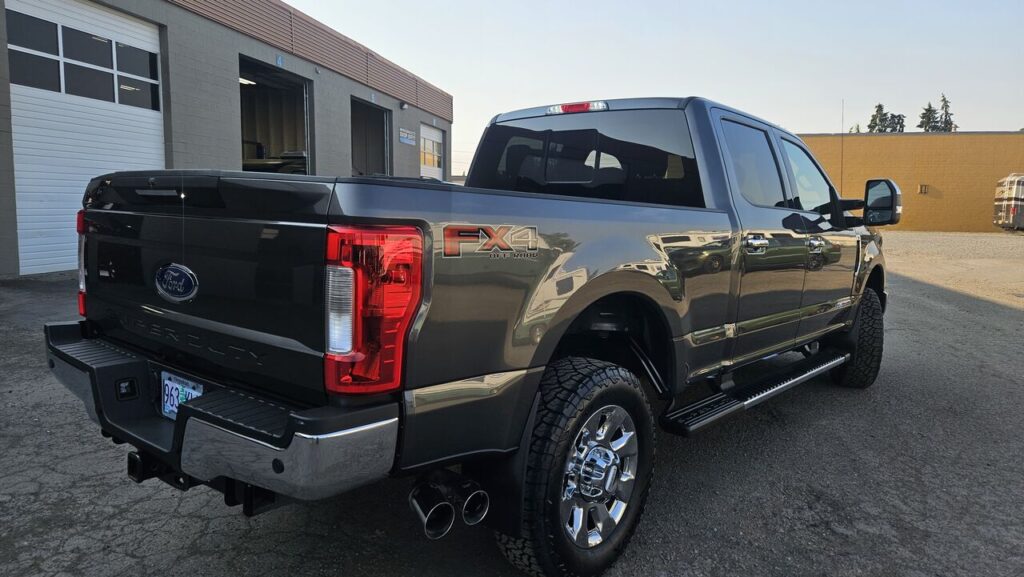- 3436 Olympic St, Springfield, OR 97478
- (541) 344-0115
- contact@blueroseauto.com
Keep your vehicle running smoothly and efficiently with trustworthy auto repair Springfield Oregon. Blue Rose Auto provides trusted brake repair, engine diagnostics, suspension maintenance, and fluid services for long-lasting performance.
Over 30 years of experience, Blue Rose Auto proudly serves as Springfield’s trusted mechanical repair shop.
At Blue Rose Auto Springfield Oregon we repair your vehicle with trust, integrity and your needs in mind. Whether you need battery replacement, tire rotation, fuel system maintenance, and anything under hood.
We provide reliable repairs that help drivers avoid breakdowns and extend vehicle life. Using high-quality parts and advanced diagnostic equipment, we complete repairs efficiently and accurately.
If you’re looking for fair pricing, and long-lasting results Blue Rose Auto Repair Springfield Oregon is the right choice.

At Blue Rose Auto, we offer a full range of Mechanical Repair services in Springfield, OR designed to keep your vehicle running smoothly, safely, and efficiently. Whether it’s routine maintenance or complex repairs, our experienced team is ready to help.
We provide professional brake pad and rotor replacement to maintain optimal braking performance and road safety. Using high-quality components, we help prevent brake noise, uneven stopping, and premature wear, keeping your vehicle secure on every drive.
Protect your engine and extend its life with our oil changes and complete fluid services. We use premium synthetic oils, transmission fluid, brake fluid, and coolant replacements that improve fuel economy, engine performance, and reliability.
A well-maintained suspension ensures smooth handling and stability. We perform suspension system repairs, including shock absorbers, strut replacements, and coil spring service, helping reduce tire wear and improve vehicle control on Springfield’s roads.
If your check engine light is on or you notice loss of power, trust our engine diagnostics and repair services. We use modern scanning tools to detect misfires, sensor faults, and fuel system issues, restoring your vehicle’s peak efficiency.
A strong battery keeps your car starting reliably in all weather. We offer battery replacements and alternator or charging system inspections to prevent electrical failures, dim lights, or sudden breakdowns while driving around Springfield, OR.
Keep your vehicle running clean and quiet with our exhaust system repairs. From muffler replacements to catalytic converter services, we help reduce harmful emissions, control engine noise, and maintain fuel efficiency for both gas and diesel vehicles.
Maximize tire life and vehicle stability with our tire rotation and wheel alignment services. Proper alignment ensures even tire wear, better gas mileage, and safer handling, especially on rough or uneven roads common in the Springfield area.
Addressing issues with brakes, suspension, and engine systems ensures your car remains safe on the road, reducing accident risks.
Proper repairs improve handling, acceleration, and responsiveness, making every drive smoother and more controlled.
Routine services like engine diagnostics, brake replacement, and oil changes help prevent major breakdowns and extend your car’s service life.
Well-maintained engines, aligned tires, and clean fuel systems reduce fuel consumption, saving you money at the pump.
Fixing small problems early, like worn brake pads or a misaligned suspension, prevents more expensive repairs down the road.
Keeping your suspension system and alignment in top condition ensures stability and a quieter, more enjoyable driving experience.
Regular maintenance keeps essential parts like the battery, exhaust, and fuel system working reliably, minimizing the chance of vehicle failure.


With nearly three decades of service in Springfield, we bring deep expertise in everything from brake replacement to engine repairs using dependable parts and repair methods.
We know the challenges Springfield drivers face, from rough roads to changing weather. Our service is always tuned to local driving conditions and needs.
From suspension repairs to battery replacement, we handle all major and minor repairs under one roof, saving you time and extra trips.
Blue Rose Auto operates as a fully licensed and insured shop, offering Springfield drivers peace of mind with every visit.
We believe in clear communication, upfront estimates, and honest recommendations. No confusing jargon—just straightforward auto care advice.
We respect your schedule. Our team works efficiently to complete repairs without sacrificing quality, so you get back on the road sooner.
OUR PROCESS
At Blue Rose Auto, we follow a clear, step-by-step process to ensure every vehicle receives reliable service and long-lasting results:

At Blue Rose Auto in Springfield, OR, we provide reliable auto repair services for all types of vehicles, from everyday family cars to high-performance and specialty models. Whether you drive a Toyota, Ford, BMW, Tesla, or Dodge Ram, our experienced team knows how to handle a wide range of repairs and maintenance needs.
We use premium parts and proven methods to ensure long-lasting performance and safety for every vehicle we service. From hybrid vehicles and diesel engine trucks to compact cars and SUVs, we treat each vehicle with the same level of care and precision.
Our services cover everything from brake replacement and suspension repairs to full engine diagnostics and battery replacements. No matter what you drive, Blue Rose Auto is committed to keeping Springfield vehicles in top condition with trusted local service.

If you hear squeaking, grinding noises, or feel reduced stopping power, your vehicle likely needs brake pad and rotor replacement. Regular brake inspections help maintain safety and prevent costly brake system damage.
It’s smart to have engine diagnostics performed if your check engine light turns on or you notice power loss or rough idling. Regular diagnostics help catch issues early, improving fuel efficiency and engine performance.
Tire rotation and alignment services keep your tires wearing evenly, extend tire lifespan, and improve handling. Misalignment can lead to unstable driving and higher fuel consumption, especially on Springfield roads.
We service all vehicle types, including sedans, SUVs, pickup trucks, hybrid vehicles, and diesel engine vehicles. Whether it’s suspension repairs, battery replacement, or exhaust system service, we handle it all.
Most oil changes and fluid services are completed in about 30–45 minutes. We use premium synthetic oils and OEM-approved fluids that help keep your engine protected and improve fuel economy.
Yes, we provide exhaust system repairs for both newer and older vehicles, including muffler replacement and catalytic converter service. Keeping your exhaust system in good condition reduces emissions and improves engine efficiency.
Faqs